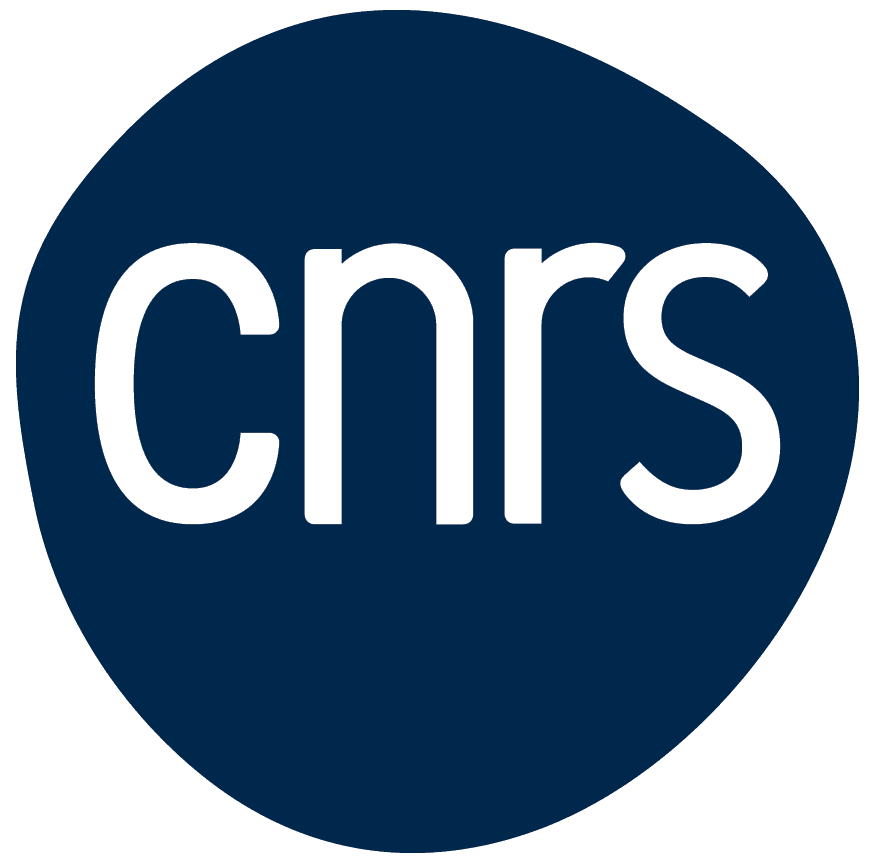Home>Launch of the “Your life in Paris” survey
12.04.2023
Launch of the “Your life in Paris” survey
On Wednesday, April 12, CDSP is launching the first wave of the “Your life in Paris” survey, which measures the behaviour of residents of the city of Paris in response to changes in climate policies, as well as their support for efforts to reduce greenhouse gas emissions.
An expert in measuring public opinion, CDSP is involved in the European H2020 project PAUL - Pilot Application in Urban Landscapes - as part of a work package that aims to study how climate policies are received by the inhabitants of several European cities, including Paris.
To this end, CDSP has been asked to conduct a survey in 3 waves with residents of the city of Paris.
A sample based on the electoral register
A letter was therefore sent to a sample of 2500 people, drawn by lot from the Paris electoral register, asking them to join the panel and take part in the survey.
Forming a sample based on the electoral registers is an innovative and low-cost experimental method. Indeed, the electoral code guarantees access to the electoral rolls in their municipality and their Department to all French citizens who are themselves registered to vote. To obtain access, one simply contact the prefect, providing an identity document and a sworn statement that no commercial use will be made of the register of voters.
In this way, CDSP’s teams were able to obtain the Paris electoral registers for June 2022. The names were then drawn randomly, following representative criteria for district, gender, age and country of birth.
For longitudinal data
The “Your life in Paris” survey will be conducted in three waves, respectively in April 2023, September 2023 and September 2024. Only people who have completed the first survey and have agreed to participate again will be recontacted in each subsequent wave.
This method is a way to introduce a longitudinal dimension and to measure changes in attitudes towards climate change and climate policies.
The project teams hope to end up with a stable final sample of 800 respondents.
